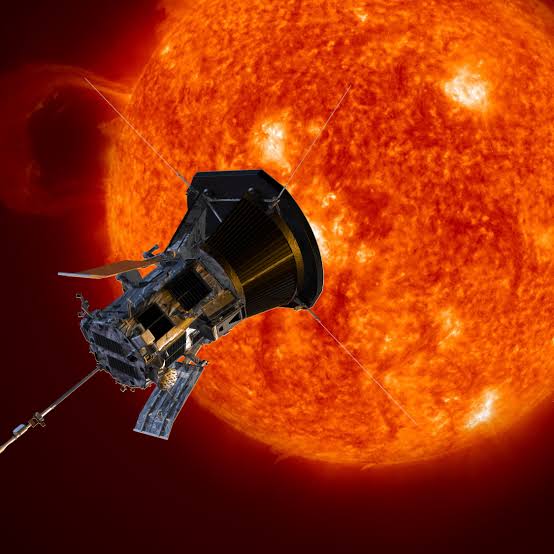
The Parker Solar Probe is poised to make history on Tuesday as it embarks on the closest-ever approach to the sun, coming within 3.8 million miles (6.1 million kilometers) of the solar surface. At an astonishing speed of 430,000 miles per hour (692,000 kilometers per hour), the uncrewed spacecraft will become the fastest human-made object in history, according to NASA.
This milestone is the culmination of a journey that began with the probe’s launch on August 12, 2018, attended by Dr. Eugene Parker, the astrophysicist whose groundbreaking work in heliophysics inspired the mission. Parker, the first living person to have a spacecraft named after him, passed away in 2022 but witnessed the probe’s achievements, including its historic entry into the sun’s corona in December 2021.
The Parker Solar Probe’s mission has revealed critical insights into the sun’s behavior, such as the mechanisms behind solar wind and the puzzling heat disparity between the sun’s surface and its corona. As the probe enters its final series of flybys, starting on Christmas Eve, scientists hope it will uncover answers to lingering questions about solar phenomena, including the structure of coronal mass ejections and their effects on Earth.
The spacecraft, equipped with advanced heat-resistant technology, will autonomously navigate its blistering close approach. It will transmit data about its journey back to Earth weeks later, potentially transforming our understanding of the sun and its impact on the solar system.
“This mission has already revolutionized heliophysics,” said Helene Winters, the project manager. “We’re eager to see what new discoveries await as Parker ventures deeper into uncharted solar territory.”








